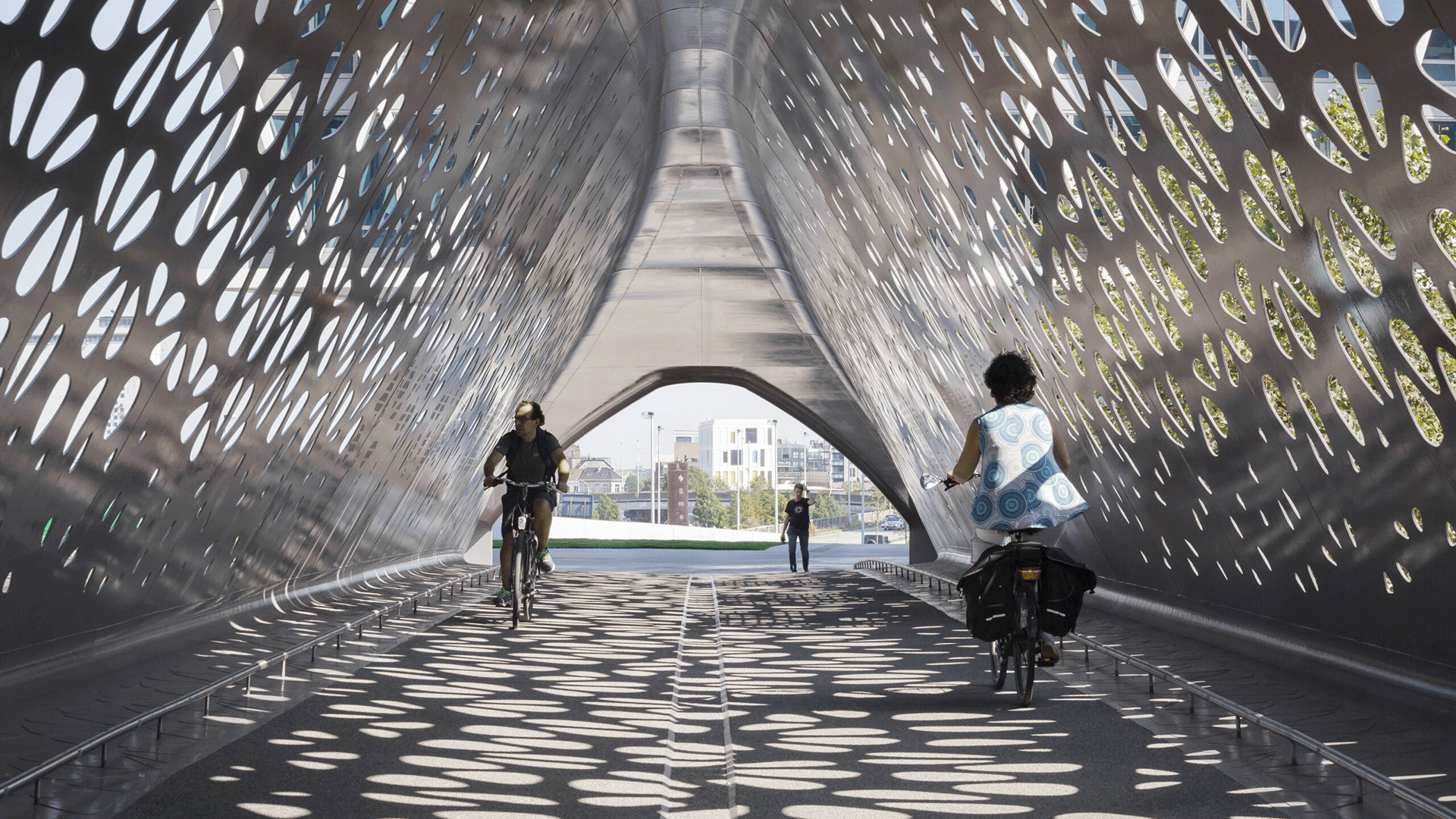| Tutor(s) | Lennert Loos |
| Campus | BXL |
| Language | EN |
| Studio or individual? | Studio |
| Max number of students | 5 |
Description of the studio:
Bridges have always captivated the imagination of engineers and architects alike, surpassing their utilitarian purpose to become iconic structures that define our cultural landscape and urban fabric. As society’s appreciation for aesthetically pleasing infrastructure continues to grow, bridges are no longer seen as mere functional objects but as integral components that shape our built environment. However, the number of architects with expertise in bridge design remains limited. To create more sustainable, resilient, and visually appealing bridges, it is crucial to involve architects who possess both design sensibilities and technical knowledge in this field.
This master thesis proposal aims to challenge you to explore the world of bridge design, focusing on the design footbridges and bicycle bridges at various scales. The design process will encompass the entire spectrum, from understanding the bridge’s role within the city to delving into intricate technical detailing. Unlike buildings, bridges lack the luxury of hiding their structure, making every facet of the design process, including detailing, crucial in shaping the final architectural expression of the bridge. The studio will adopt a holistic approach, emphasizing the integration of aesthetics and functionality throughout the design process. Students will engage in in-depth research, analysis, and design exercises that encompass urban-scale considerations, contextual integration, structural integrity, and meticulous detailing.
The following topics will act as the key themes throughout the design studio:
City-Scale Bridge Role: Investigate the role of footbridges and bicycle bridges within the urban context, exploring how they contribute to connectivity, community engagement, and the overall urban experience. Consider factors such as urban planning, transportation networks, and social dynamics to inform the bridge design process.
Contextual Integration: Develop an understanding of the site-specific factors that influence bridge design, including topography, surrounding architecture, landscape features, and cultural heritage. Explore innovative design strategies that allow bridges to harmoniously blend with their environments and contribute to the overall aesthetic quality of the urban fabric.
Structural Ingenuity: Acquire knowledge and skills in structural engineering, focusing on the unique challenges and opportunities posed by bridge design. Investigate different materials, construction techniques, and structural systems to ensure the safety, durability, and resilience of the bridge while enhancing its architectural expression.
Meticulous Detailing: Recognize the importance of detailing in bridge design, as every element contributes to the final architectural composition. Explore how various materials, finishes, and connections can enhance the bridge’s visual impact while ensuring constructability, maintenance, and long-term sustainability.
Contact lennert.loos@kuleuven.be for more information
Expected output:
- Plans, sections, physical models.
- A design note that reflects on the design process, its exploration and development, and presents the justification of the design decisions that are being made.
- A calculation note that presents the structural reasoning and preliminary structural calculations of the design.
Excursion/study trip/…? (+ timing):
- To be determined. Most probably Stuttgart.
Skills and/or interests
- Architects with a very hands-on and no-nonsense mindset.
- Structural design and theory
- Technical detailing
- Parametric design and digital design tools
References/Further reading:
- Leonhardt F. (1994). Brücken: Ästhetik und Gestaltung.
- Ney L. (2019). Franchir le vide. A pied et à vélo.
- Van den Berg C., Nijenhuis G. (2007) Bridging the Dutch Landscape.
- Baus U., Schlaich M. (2007). Footbridges.
- Helbig T., Kleiser M., Krontal L. (2021). Bridges, potentialities and perspectives.
Image
Footbridges by NEY + Partners: Lichtenlijn, Knokke, Belgium (Picture by Hufton+Crow); Parkbrug Spoor-Noord, Antwerp, Belgium (Picture by J.L. Deru); Tintagel Footbridge, UK (Picture by Stijn Bollaert).

